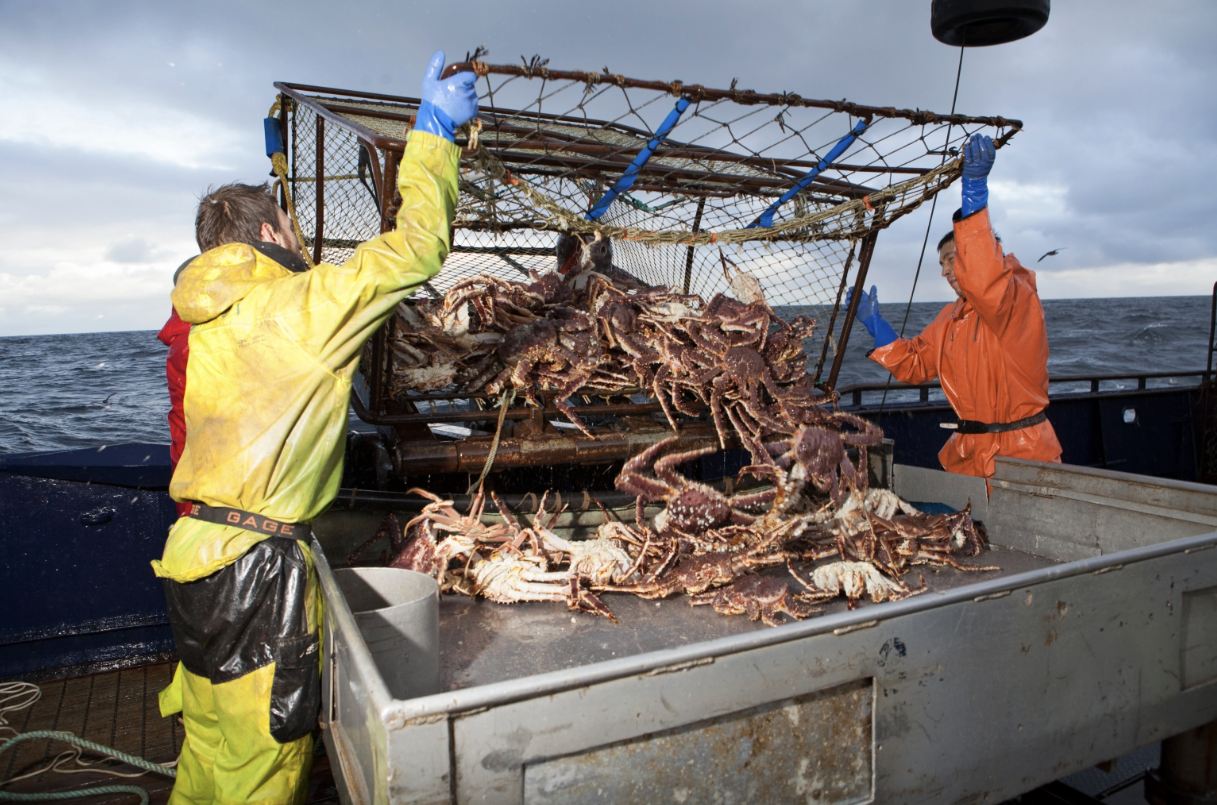An estimated one billion crabs have mysteriously disappeared in two years, state officials said. It marks a 90% drop in their population.
In a major blow to America’s seafood industry, the Alaska Department of Fish and Game has, for the first time in state history, canceled the winter snow crab season in the Bering Sea due to their falling numbers. While restaurant menus will suffer, scientists worry what the sudden population plunge means for the health of the Arctic ecosystem.
Ben Daly, a researcher with ADF&G, is investigating where the crabs have gone. He monitors the health of the state’s fisheries, which produce 60% of the nation’s seafood.
“Disease is one possibility,” Daly told CBS News.
He also points to climate change. According to the National Oceanic and Atmospheric Administration, Alaska is the fastest warming state in the country, and is losing billions of tons of ice each year — critical for crabs that need cold water to survive.
The number of crabs has now fallen below the threshold for opening a fishery, the fish and game department said in a statement, adding that the Bering Sea snow crab season, which typically opens on Oct. 15, would be canceled this year.
Much like the Snow Crab, Alaska’s crab fishing industry, dramatized in Discovery Channel’s Deadliest Catch, is also disappearing as a result.
“People are really going to have to make some hard calls here, whether that’s…selling their vessels [or] looking for other opportunities in other fishing sectors which is few and far between,” one fisherman, Gabriel Prout, told Alaska Public Media. “Fishermen are really going to be hurting the next year,” he added.
Another fisher, Dean Gribble Sr., told NBC News that the cancelled season would be “life-changing, if not career-ending for people.” In 2020, NOAA valued Alaska’s snow crab harvest at more than $101.7 million. This year, it will be $0.00.
Snow crabs and other sea life native to the waters around Alaska are adapted to icy cold temperatures. When the heat rises, they can’t cope. One of the biggest issues is deoxygenation. Warmer water simultaneously holds less oxygen and leads to animals needing more oxygen, because of increased metabolic demand.
“They probably starved to death and there was not enough food,” said Miranda Westphal, a biologist with the state’s fish and game department. “When the water warms, their metabolism increases, requiring more fuel.”
The Alaska Department of Fish and Game said in a statement Monday (Oct. 10th) that the management of Bering Sea snow crab must now focus on conservation and rebuilding given the conditions of the stock.





























